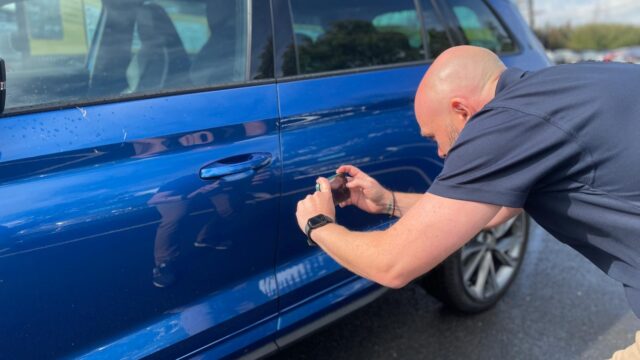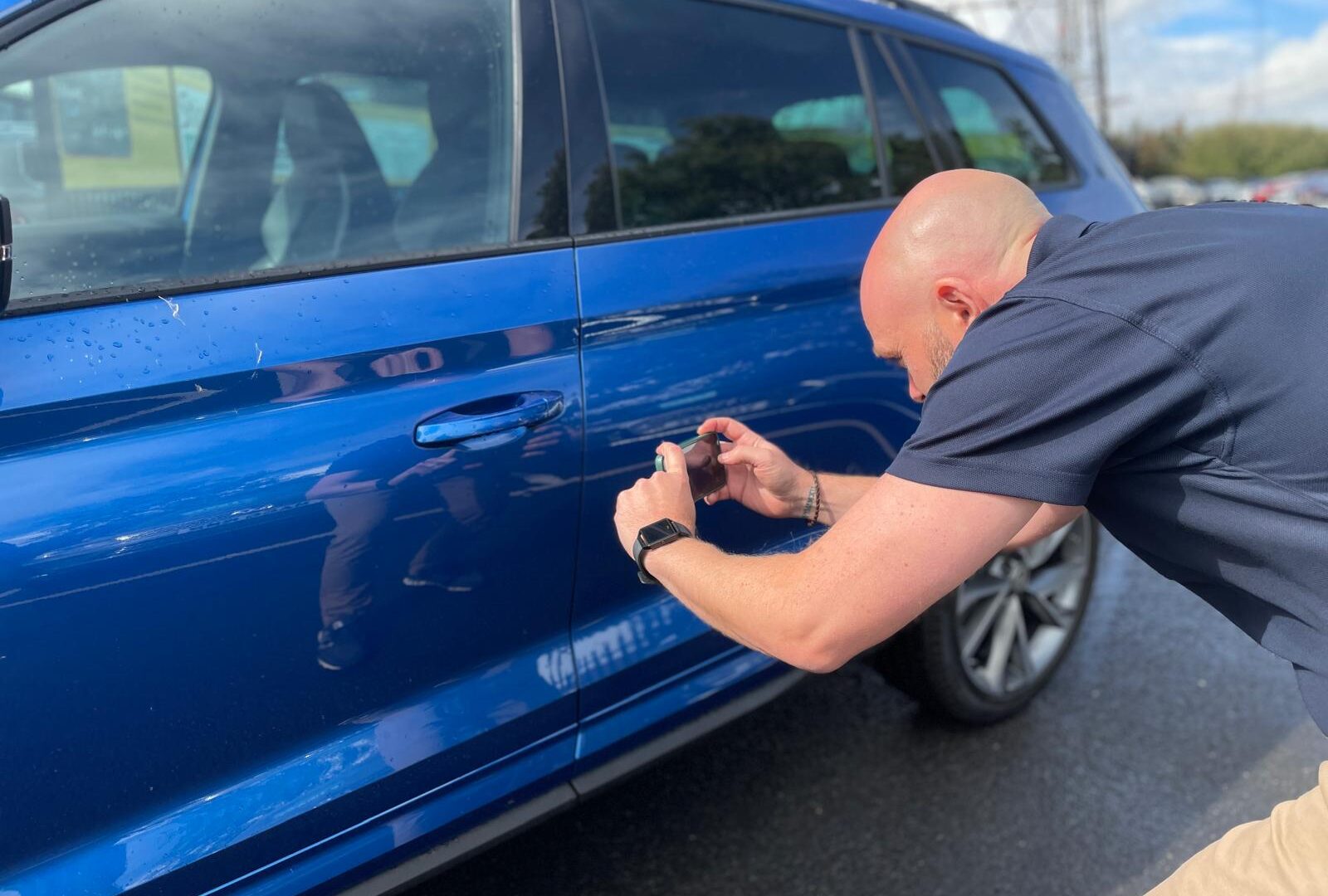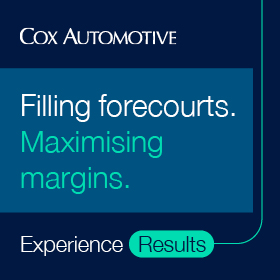Trade disposals are too often treated as the poor relation of retail. They sit at the end of the deal, get rushed, and a single badly appraised part exchange can wipe thousands off the result. If retail profit matters, trade profit matters just as much.
Most pay plans reward retail only. The result is hurried appraisals, missed damage and guide prices based on hope. Change what you pay on and behaviour changes quickly.
I’d suggest you do this:
- Add a small, visible bonus paid on verified trade profit per PX (after fees).
- Keep the maths simple and pay promptly.
- Publish the rules on one page.
If you do, you will see better appraisals, cleaner data, and credible expectations.
Buy it right so the standing price is right
Sales executives do not sell the PX; your disposal route does. The lever they control is the purchase price, which comes from a truthful appraisal and accurate description. Capture condition and spec properly and the vehicle has the correct standing price.
Quick example: If the trade will pay £6,000 for a clean car, and a trader turns up to collect only to find two tyres, a cracked screen and a wheel refurb were missed at appraisal, you may have to re-adjust the sale price expectation by £400–£1,000. The profit was not lost at sale; it was lost at appraisal.
Management sets the framework; sales execute the process
Retail-back valuation is a management task. Define a realistic retail price, then deduct prep, time and risk to reach a true trade figure.
Make the appraisal customer-facing and consistent:
- A standard appraisal form on every PX.
- A customer-facing damage and repair matrix for panels, wheels, tyres, glass and interior.
- Explain the purchase price: ‘Guide is £X. It needs tyres, a screen and a wheel refurb, so we are at £Y.’ This builds trust and reduces disputes.
Accuracy pays twice
A correct appraisal still does the heavy lifting when a car goes to retail.
- Tighter days to retail: parts accounted for, work right first time, less flipping between retail and trade.
- Protected margin: the forecourt price holds because costs landed as planned, and you are not chasing a higher price due to an inflated SIV.
If the recon invoice matches the appraisal within tolerance, pay a small bonnet fee in lieu of trade profit. The signal matters: get the appraisal right and you get paid, whether the car goes to trade or retail.
My appraisal checklist
Tie these to the bonus and make them non-negotiable:
- Follow the retail-back guide set by management.
- Damage matrix: note and price panels, glass, wheels, tyres, interior.
- Spec and provenance: service history, keys, V5C and MOT status, VAT treatment, high-value options.
- Non-retailable flags: age, mileage, brand fit, colour or trim.
- Status photos: four corners, both flanks, interior, dash (mileage), wheels and tyres, engine bay, keys and pack; dry, daylight.
- One-line summary: year, model and trim, ownership or history headline, brief condition note.
If any item is missing, the car does not progress.
Treat the trade listing like a retail advert
Dealers pay more for certainty. Tell the truth early (damage, advisories, warning lights), focus on options that move value, state MOT, V5C and VAT clearly, and keep photo standards consistent. On Dealerway, accurate listings boost buyer confidence and attract firmer bidding, which improves achieved prices over vague entries.
Aim the plan at the people doing the appraisal and listing:
- Percentage of verified trade margin: for example, 5–10% split between appraiser and deal owner.
- Quality kicker: pay where there is no material variance between appraisal and final outcome, or where retail recon lands within tolerance.
- Compliance kicker: token payment when the full photo and description checklist is met first time.
- Reserve realism: small extra if the car sells within an agreed band of the initial guide.
What to measure
Add trade profit per unit, appraisal accuracy and checklist compliance to the team’s process and scorecard. These are the levers salespeople control, and where profit is made or lost.
Dealerway is a trade-only marketplace built by dealers for dealers. Accurate listings on Dealerway give buyers confidence to bid properly and help you turn PXs swiftly at the right money.
Find out more or book a five-minute walkthrough: dealerway.co.uk/register


































